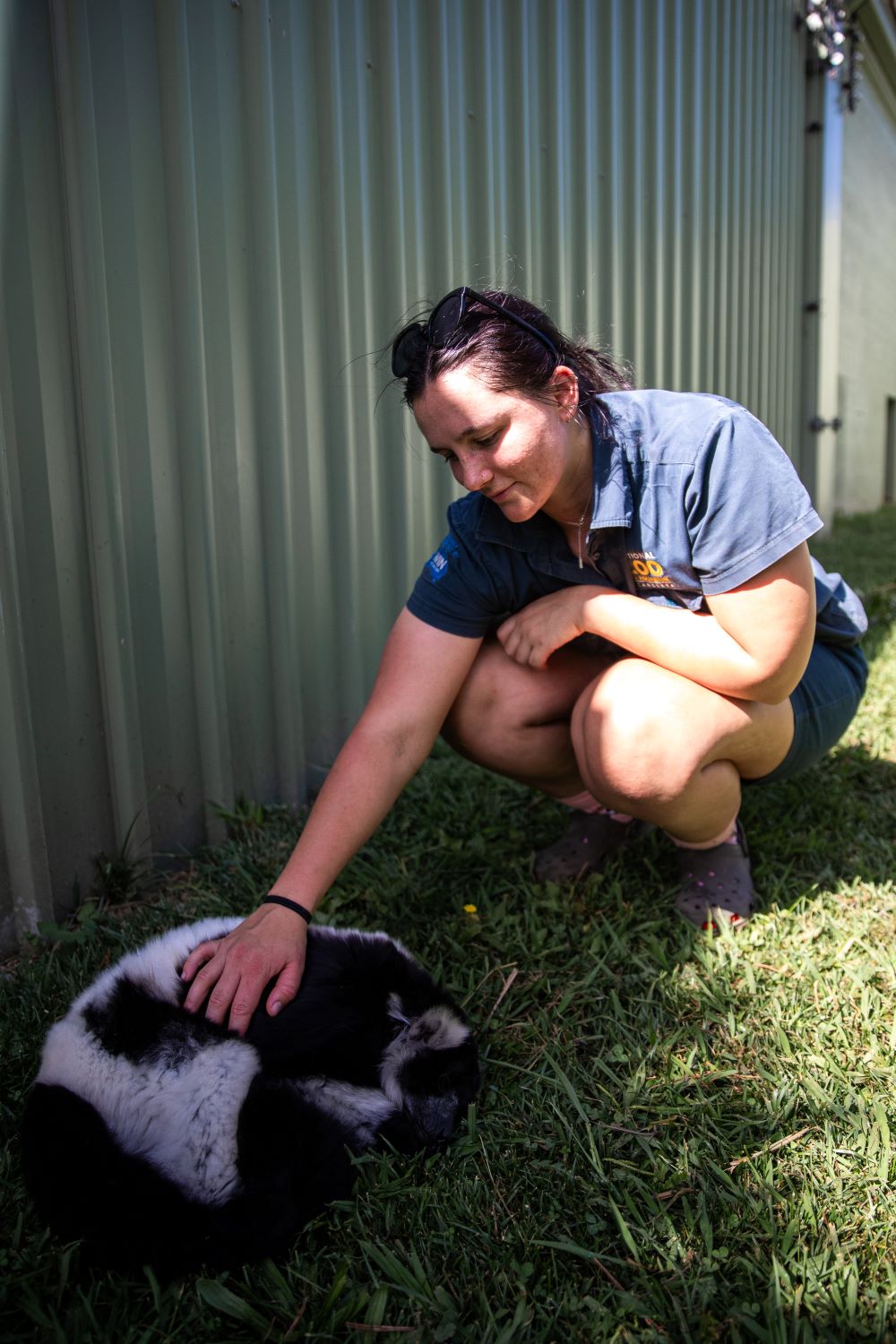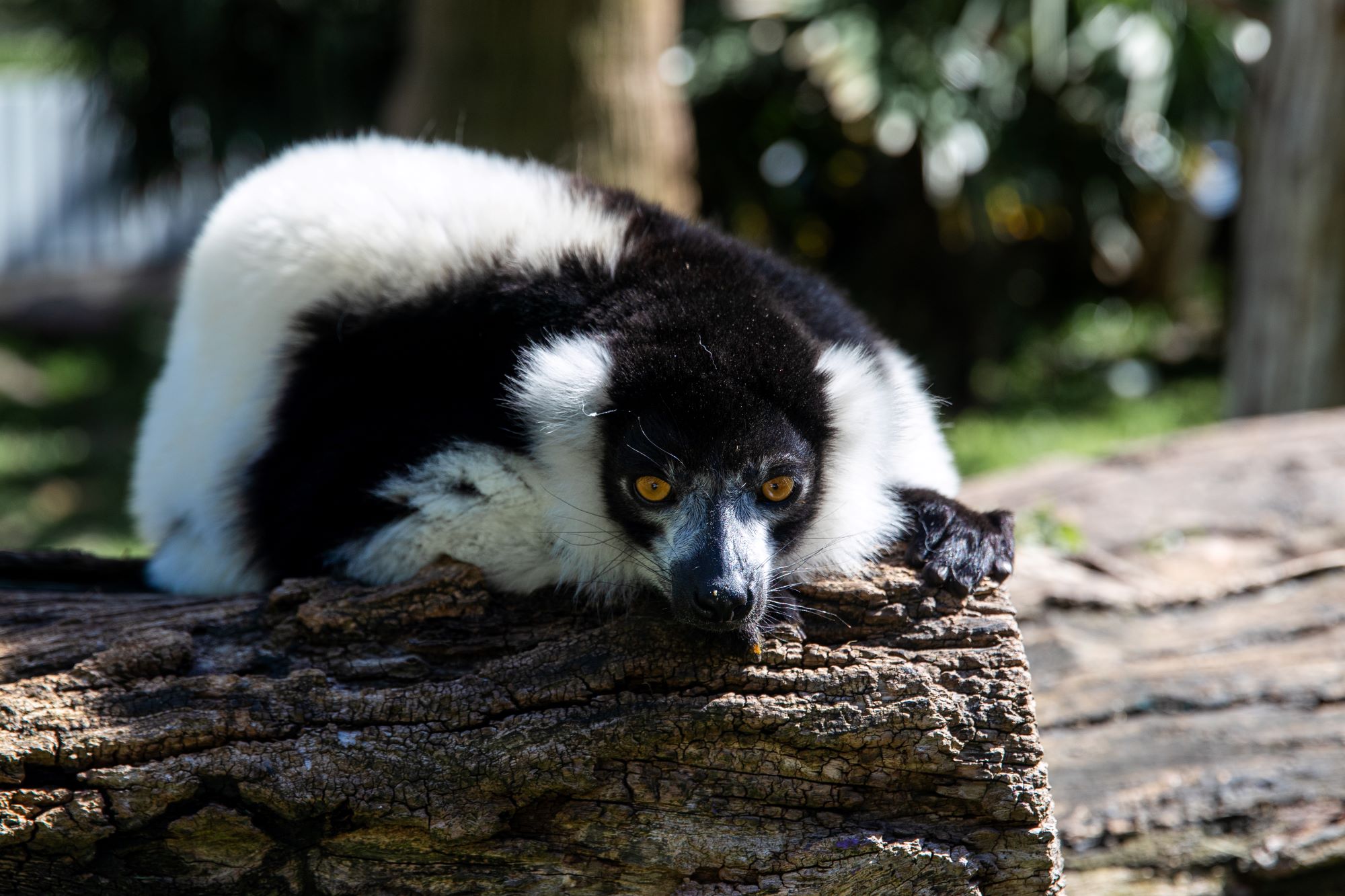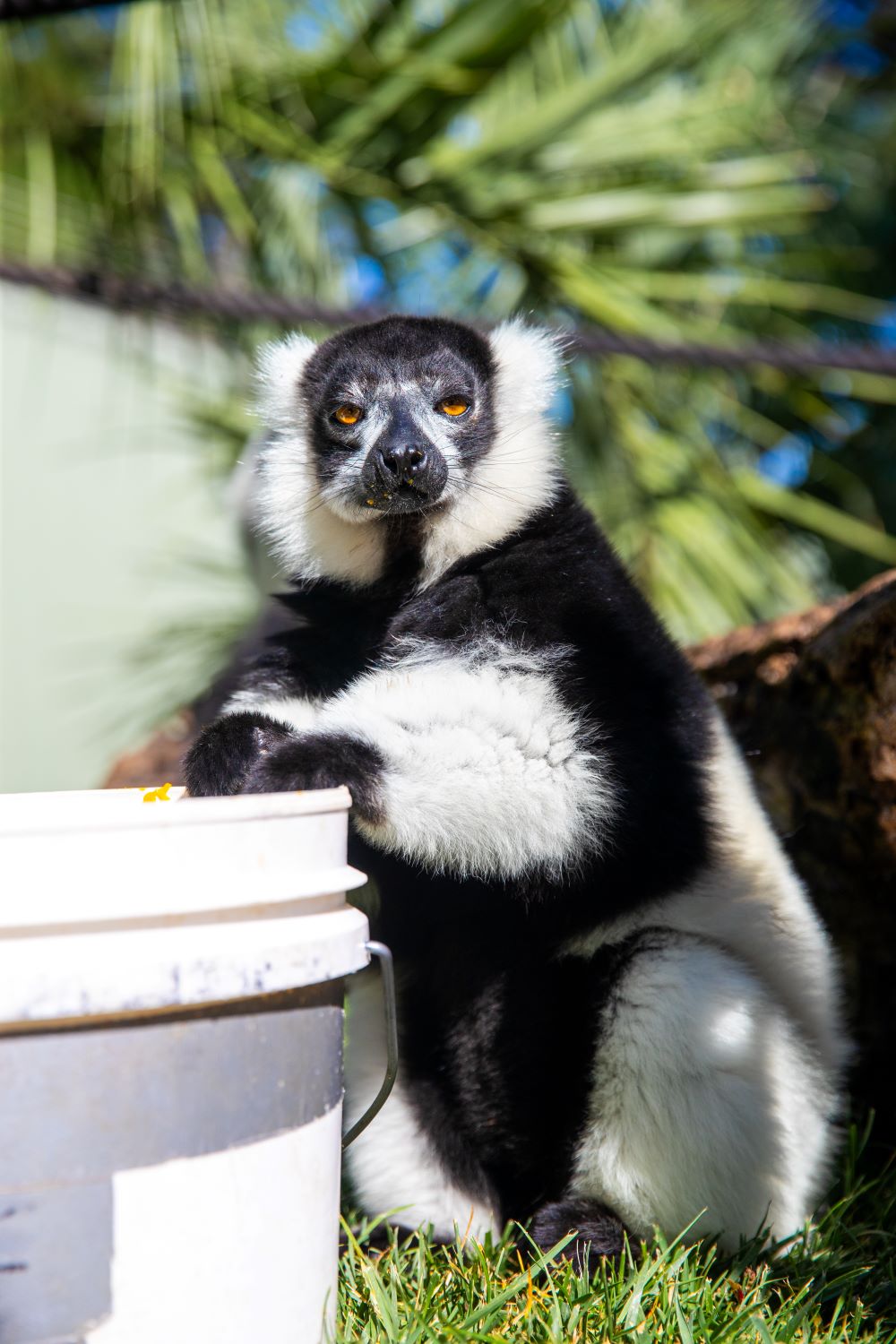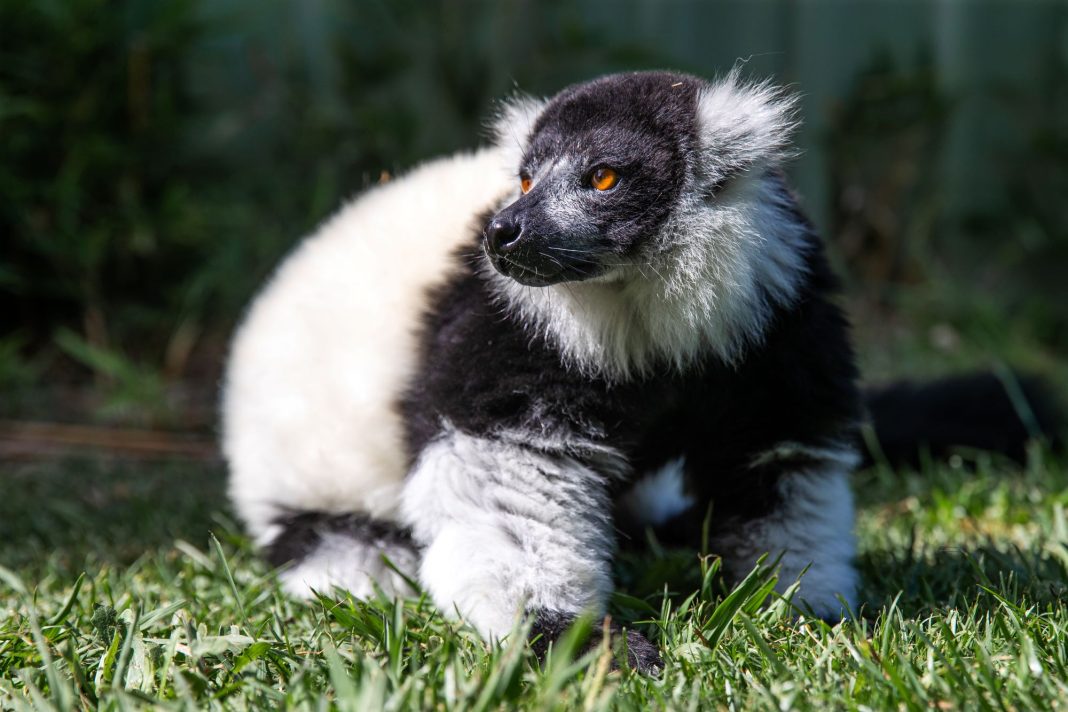Today, Sunday 3 March, is World Wildlife Day – a great day to head over to the National Zoo and Aquarium and take in the wonder that is the animals that inhabit our planet.
Since 2013, 3 March has been recognised as World Wildlife Day, a time for connecting people with the natural world around us. It aims to inspire people to seek out learning opportunities and take action to protect our animals and planet Earth.
“It’s a good day to reflect on what we’ve lost and have a look at what we still have and what we can do to protect those species that we have that are so important,” says the Zoo’s primate leader, Olivia Ware.
While they are known for housing animals that you might not see every day, zoos also play a critical role in the conservation of many species. That doesn’t mean the experience lacks fun; it offers encounters that allow visitors to get up close to animals, helping them learn more about these creatures and their lives in the wild.
“Being able to offer these experiences to people and being able to see them connect and become passionate about it is a powerful thing. Providing that education for people to know about animals, especially when they are critically endangered in the wild, is a really powerful thing,” says Ms Ware.
Housed at the expansive zoological facility in Canberra are almost 100 different species of animals that you can see and learn about. The Zoo cares for a number of endangered animals including critically endangered species like the Sumatran tiger, cotton-top tamarin, bettong, langur, and black and white ruffed lemurs.

“Zoos, in essence, are here for conservation, breeding programs, education and there’s definitely an approach where we try to utilise our facility to focus attention on animals within our Australasian region that have an IUCN (Red List of Threatened Species) status,” says Will Tran, zoo keeper.
Taking part in national and international breeding programs, the National Zoo and Aquarium plays an important role in the future of animals in their care. Breeding programs are carefully overseen to ensure genetic diversity and longevity, as well as raising awareness of the plight of the animals.
“We’re really at the forefront of those breeding programs and providing education for people. People can’t connect to an animal they’ve never really seen or heard about,” says Ms Ware.
Involved in a nationwide breeding program for the adorable black and white ruffed lemurs, our local facility has welcomed the most babies in Australia in recent years. Mum Masina and Dad Polo have successfully delivered an incredible 12 babies, in four litters over four years.
“We now have lemurs all over Australia and one in New Zealand. It’s fantastic to be part of a breeding program and to be so successful in breeding lemurs, they are critically endangered in the wild. Anything we can do in captivity to up those numbers in the wild is wonderful,” says Ms Ware.
Four of Masina and Polo’s sons still reside with their parents here in Canberra – Tani, Maso, Mahery and Mazao. The daughters have all gone to other facilities, and while the boys may one day go on to find partners at other zoos, for now, the family is a happy unit.
“We just kind of see what the parents are comfortable with and if the boys do eventually need to move on into the future and get their own partners, that would be wonderful for them, but if they do stay here, that would be lovely as well,” smiles Ms Ware.

Masina is a wonderful and relaxed mother, the keepers say. They have been able to develop strong relationships with the parents and the infants and each of their personality quirks.
“We were really lucky to get lovely Masina and Polo; they’ve had such beautiful offspring that have gone off to other zoos. We’ve already have had one who has had babies in Perth,” says Ms Ware.
In their mid-teens and with a life expectancy of up to 25 in capacity, the parents still have a lot of time left with each other. They are on a current breeding break. Ms Ware says they don’t know if they will have more as they want to make sure it is the right decision, especially for Masina who has already had a lot of babies.
“Babies are wonderful but not at the expense of mum’s health. She’s had a lot of babies and we need to be careful we’re not over-representing her genes in the breeding pool in Australia,” she says.

Along with the breeding programs they are involved with, the Zoo also acts as a holding facility. They have two southern white rhinos that are hanging out waiting for a female to need a boyfriend when they can present themselves as potential mates.
Passionate about conservation, Ms Ware says that the animals in their programs are so special and play such an important role in our ecosystem that she always wanted to help look after them.
“A great way to help with conservation is getting involved in local organisations, especially things in Canberra… Just look around and get connected and get excited about wildlife,” smiles Ms Ware.
Visit the lemurs and all the other inhabitants at the National Zoo and& Aquarium, open 7 days; nationalzoo.com.au
Canberra Daily is keen to hear from you about a story idea in the Canberra and surrounding region. Click here to submit a news tip.



